Security is a top priority for businesses of all sizes, especially regarding safeguarding assets, confidential information, and employees’ details. Access control systems provide a reliable and efficient security solution by permitting or preventing access to specific areas within a building or premises.
However, with so many options available, Verkada is one of the best in the industry in terms of access control systems. Their access control systems are designed to provide you with real-time insights and centralized management.
But what truly sets Verkada apart from other security systems? Below, we’ll do a review of Verkada access control systems to ascertain if they are the ideal security solution for your business needs.
About The Company
Verkada is a prominent American security technology company, based in San Mateo, California. The company is known for its security solutions, including video cameras, access control systems, and environmental sensors, with cloud-based machine vision and artificial intelligence. It was founded in 2016 by three Stanford University graduates: Filip Kaliszan, James Ren, and Benjamin Bercovitz, who were joined by Hans Robertson, co-founder and former COO of Meraki (now Cisco Meraki).
The need for simple and effective software and an enterprise market strategy led to the formation of Verkada. The idea was to identify how Verkada customers could best protect their buildings and enterprises. Verkada was formed to become the layer of essential security for buildings and a foundation for enterprise-grade IoT infrastructure.
Since its inception, Verkada has been setting new standards for cloud security. Within a short period, Verkada has become a global brand that intends to modernize enterprise-building security with easy-to-use functionality. The company has also garnered the attention and confidence of people worldwide, providing video security solutions for over 2,500 organizations, 25 of which are Fortune 500 companies.
All About Access Control
Verkada access control system provides a comprehensive solution for managing building access by integrating cloud-based software with proprietary hardware components. This system is designed to simplify and secure access management across various types of properties, from standalone doors to large enterprise buildings.
The access control hardware comprises door controllers, door readers, wireless locks, and various credential options, all managed through Verkada’s unified cloud platform called Verkada Command.
Here is a detailed breakdown of Verkada’s access control hardware:
Door Controllers
Verkada door controllers offer the speed and reliability of on-premise systems as well as the scalability and accessibility of a cloud-managed platform. They feature on-device compute and storage capabilities, allowing them to manage information for a large number of users, sites, and access configurations without relying on external systems or internet connectivity. That means they can continue to function even if there’s a power outage or internet disruption, thereby ensuring reliable and scalable access control.
Meanwhile, the Verkada door controllers are available in multiple models designed for different scales and needs. They include:
AC12 one-door controller
The AC12 one-door controller brings cloud-managed access control to standalone doors that would otherwise be difficult to secure with an electronic system. The AC12 is powered by a single PoE cable, minimizing the need for costly building modifications or long low-voltage cable runs between doors and IDF closets. Its compact form factor allows for easy installation in tight spaces, while its low-profile design blends into most environments.
The AC12 can power most electronic locks and supports native in/out badging with any combination of Verkada and third-party readers. Like all Verkada door controllers, the AC12 works out of the box and is easy to deploy and manage from Verkada Command.
AC41 four-door controller
The Verkada AC41 is a cloud-connected, four-door access controller designed for ease of installation and management. This access controller is ideal for small to medium-sized businesses. It supports standard door hardware and readers, allowing for a seamless upgrade from existing access control systems.
The AC41 offers centralized cloud-based access control without needing servers or software on-site. This makes it easier to manage doors and allows the system to scale to thousands of doors across all locations.
AC42 four-door controller
The Verkada AC42 is a four-door controller designed for simple, enterprise-grade access control with cloud-based management. It integrates with existing hardware and fire alarm systems, offering real-time visibility and control over access events.
This controller is also known for its plug-and-play simplicity, requiring no on-site servers or complex configurations. That makes it suitable for businesses looking to scale their access control system without complexity.
AC62 16-door controller
Verkada’s AC62 16-door controller is a cloud-managed, enterprise-scale door controller designed for large deployments. The AC62 features a streamlined hardware footprint and support for up to 16 doors, two AUX devices, and a fire alarm interface (FAI).
Like other Verkada access controllers, the AC62 configures instantly and updates automatically, eliminating the need for manual updates and security patches. Beyond system updates, all users’ site or access permissions updates are pushed automatically to all controllers, making the AC62 great for global organizations with geographically distributed sites.
The AC62 connects to Verkada Command via an Ethernet connection. Thanks to on-device storage, compute, and auxiliary battery support, the AC62 can secure doors and make access decisions regardless of power or Internet status.
AX11 IO Controller
The Verkada AX11 IO Controller contains 16 dry inputs, 16 dry output relays, two external AUX power outputs, as well as two Weigand and two RS-485 reader ports. Unlike other door controllers that support additional hardware such as request-to-exit devices or door position indicators, the AX11’s streamlined IO-only design allows organizations to connect a large network of devices into a single, small form factor controller.
With the AX11, organizations can bring seamless extensibility to Verkada access control deployments by securing elevators, sensors, switches, peripherals, and third-party access-controlled hardware.
Door Readers
When it comes to door readers, Verkada offers two different models: the sleek AD34 and the keypad AD64. Let’s have a detailed look at how Verkada’s door readers differ below:
AD34 door reader
The Verkada AD34 is a sleek, modern reader designed for access control, supporting a wide range of credentials, including low-frequency and high-frequency NFC cards. It also supports mobile credentials through the Verkada Pass app or Apple Wallet.
It offers improved scan performance and range, and features Bluetooth Intent Unlock for hands-free access. The AD34 also includes two-way communication with an integrated LED for status feedback, and it is IP66/IK08 rated for durability.
AD64 door reader
The Verkada AD64 is a versatile door reader with a built-in keypad, offering multiple credential options for secure and convenient access control. It supports low-frequency proximity cards, high-frequency NFC credentials (including Verkada DESFire EV3 cards), and Bluetooth Intent Unlock, along with PIN codes for added security.
Furthermore, the AD64 is designed for both indoor and outdoor use, featuring a rugged construction with IP65 and IK08 ratings.
Wireless Locks
Verkada integrates with third-party wireless locks to allow schools, healthcare facilities, multifamily residential communities, and commercial buildings to secure more entrances with Verkada’s integrated physical security platform. Wireless lock integrations allow organizations to use Verkada’s cloud-based access control platform for applications, including:
- Low and medium traffic interior doors like those for offices, classrooms, and patient rooms.
- Locks securing cabinets and storage lockers.
- Locks installed on difficult-to-mount surfaces like glass, wood, and steel.
- Multifamily resident doors in large communities like apartment buildings.
The wireless lock brands and series supported by Verkada include:
Schlage Engage Series
Schlage Engage series wireless locks are single-component cylindrical locks that support proximity and NFC credentials. Engage series wireless locks combine the lock, credential reader, door position sensor and request-to-exit switch in one unit, eliminating the need to install additional components or run wires to each opening
Schlage AD Series
The Schlage AD series (AD-400 and AD-300) is a series of wireless electronic locks designed to be modular and provide more lock configuration options and built-in functionality. AD series locks are available in cylindrical, mortise, mortise deadbolt, or exit trim configurations.
AD series locks function in online mode, communicating through a secure connection with a PIM 400-485 connected to a Verkada access controller for real-time connectivity, including remote unlocks and lockdowns.
Schlage Control Series
Schlage Control series locks are designed specifically for multifamily residence doors. Control series wireless locks give residents security and convenience while providing building owners more visibility and control through Verkada Command. Control series locks are available as deadbolt, or interconnected (single-motion egress) locks, eliminating the need for keys.
ASSA ABLOY Aperio series
The ASSA ABLOY Aperio series is a global wireless platform that uses local wireless communication between an Aperio lock and Aperio hub to connect to Verkada Command. Thereby eliminating the most significant cost and inconvenience of traditional access control – the wiring at the door. Its real-time communication to Verkada Command provides actionable door status monitoring, greater security and more control.
Credentials
Verkada provides a variety of credential options for access control, including both physical and digital methods. These options encompass low-frequency proximity cards, high-frequency NFC credentials like Verkada DESFire EV3, and encrypted mobile credentials through Apple Wallet and Bluetooth. In addition, they also offer License Plate Recognition (LPR) for secure vehicle access.
The Verkada Command
The entire access control ecosystem is managed through Verkada Command, a cloud-based platform that centralizes control of doors, users, schedules, and access policies across all sites globally. Command provides real-time visibility into door activity, device health, and access events, with powerful administrative tools for creating role-based permissions, scheduling access, and remotely locking or unlocking doors.
The platform also integrates with video security, allowing instant access to footage associated with door events for enhanced security investigations. Automatic updates ensure the system remains secure and up-to-date without manual intervention. The cloud-based nature of the system eliminates the need for on-site servers or complex network configurations, making it easy to deploy, scale, and maintain.
Are Verdaka Access Systems Reliable?
If you’re looking for a reliable, scalable, and easy-to-manage access control system for your business needs, Verkada stands out as one of the best choices. Here are some key features that make Verkada access control systems top choice for businesses of all sizes:
- Cloud-Based Management: Verkada’s most significant advantage is its cloud-based management platform. A secure online portal allows administrators to control and monitor access anywhere, anytime. Whether you need to grant temporary access to a contractor or revoke credentials instantly, the cloud platform makes it simple and efficient, putting you in control of your security.
- Scalability: As businesses grow, so do their security needs. Verkada access control is designed with scalability, making it ideal for small and large companies. You can easily add new entry points or integrate the system with other security solutions without costly hardware upgrades.
- Advanced Security Features: Security is at the core of Verkada’s design. The system includes robust encryption protocols to protect sensitive data and ensure access credentials cannot be easily compromised. Additionally, it offers advanced features, such as multi-factor authentication, which adds an extra layer of security by requiring users to provide two or more verification factors.
- Real-time Monitoring and Alerts: With Verkada, you can closely monitor your commercial facility with real-time monitoring and automated alerts. If an unauthorized entry is attempted or a door is left open, the system immediately notifies the appropriate personnel, allowing for a quick response.
- Seamless Integration: Verkada access control system can seamlessly integrate with other security systems, including video surveillance and business alarm systems. This integration creates a unified security ecosystem that enhances overall protection and simplifies management.
Overall, Verkada’s access control system is proven to be reliable, meaning it can grow with your business, whether you’re running a single office or managing multiple locations.
Reviews, Pros, and Cons
Having discussed what the Verkada access control system entails, let’s have a brief overview of its pros and cons based on ratings and user experiences below:
Pros:
- The hardware comes with a 10-year warranty.
- A centralized cloud platform enables you to manage multiple access points or properties from a single location.
- Verkada enables you to view real-time insights into your property’s access with a floor plan feature.
- Supports multiple types of credentials with multiple options, ranging from physical to digital options.
- The emergency lockdown feature provides a quick and efficient method of responding to potential security threats.
- Verkada allows you to integrate access control and surveillance systems seamlessly.
Cons:
- Potentially limited third-party software and hardware integrations.
- Some users have reported that the search features in the interface could be improved.
- Initial investment in Verkada hardware and installation can be more expensive than some competitors.
- Verkada faced a notable security breach in 2021, raising some concerns about data privacy and potential system vulnerabilities in the future.
Verkada vs. Avigilon
Verkada and Avigilon are both security technology companies offering video surveillance and access control solutions, but they differ in their approach to cloud-based vs. on-premise systems and their focus on user experience versus features. Let’s have a detailed look at their differences below:
Initial Setup Costs
Due to its cloud-based structure, Verkada typically has lower initial setup costs compared to Avigilon. Their all-in-one solution reduces the need for extensive on-site hardware. That makes it more cost-effective for smaller businesses or those looking to implement a security system swiftly.
On the other hand, Avigilon’s initial costs can be higher, especially for larger installations, as it often requires more on-premises equipment. However, Avigilon’s scalability may make it more cost-effective for large organizations in the long term.
Maintenance & Repair
Verkada’s cloud-based system often requires less on-site maintenance, which lowers recurring costs and simplifies troubleshooting procedures. Software updates are handled automatically, keeping the system up to date with the most recent security features and protections against potential threats such as biometric spoofing.
On the other hand, Avigilon requires more hands-on maintenance, but it provides more customization options. It can benefit businesses with specific requirements, such as those that handle electronic medical data or need detailed rule violation monitoring.
Customer Support
Both companies place a high priority on customer support, recognizing it as one of the most crucial components of keeping a business secure.
Verkada provides 24/7 support and emphasizes user-friendly interfaces, allowing employees to use the system without substantial training. It can be particularly helpful for businesses that want to improve customer care without adding technical complexity.
Avigilon, on the other hand, offers comprehensive support options, including sophisticated IT training, which can be useful for larger enterprises with specialized security teams. They also provide resources to help customers handle complex compliance events, which adds value for businesses with strict regulatory requirements.
Ease of Installation
Verkada’s cloud-based system has a simpler installation process, often referred to as plug-and-play. This ease of setup is particularly useful for enterprises without dedicated IT staff.
On the other hand, Avigilon’s installation can be more complicated, particularly for larger systems, but it provides more customization options. This complexity can help businesses that need specialized configurations to monitor employee digital behavior or prevent biometric fraud.
Integration & Scalability
Verkada specializes in scalability, making it a preferred choice for large businesses anticipating significant growth. Its ability to integrate with a wide range of third-party systems allows for greater flexibility in meeting complex security requirements.
On the other hand, while Avigilon is more limited in third-party integrations, it provides seamless scalability within its ecosystem.
Software Capability
Verkada’s software emphasizes user-friendly interfaces and automation, making it easier for non-technical staff to manage security or compliance events. Its cloud-based platform enables simple updates and new features, including advanced authentication software to avoid spoofing attacks.
Meanwhile, Avigilon’s software capabilities are more robust, offering deeper analytics and flexibility. It can be particularly helpful for businesses that require detailed user action tracking or those needing to lock out users based on specific criteria.
Reviews
Both systems generally get positive reviews from users. Verkada is often praised for its user-friendly interface and modern design, and many users value the full transparency of its pricing model.
Avigilon, on the other hand, is well regarded for its video quality and powerful analytics capabilities. However, some users report a steeper learning curve compared to Verkada. Overall, both companies have a growing customer base worldwide.
Conclusion
Verkada access control systems represent a significant advancement in security technology. They offer cloud-based functionality that simplifies the management of security systems while delivering enhanced data protection and remote access capabilities. They are an excellent choice for organizations modernizing their security infrastructure with a scalable, easy-to-manage solution.
So, if you’re looking to fortify your business, investing in an advanced access control system like Verkada is a proactive step toward enhancing security and operational efficiency. Whether you operate a small office, a large manufacturing plant, or a multi-site organization, Verkada offers the flexibility, security, and control to protect your assets and ensure peace of mind.
Physical Security FAQs
- What are the advantages of Verkada?
- Verkada offers several advantages, including real-time insights, centralized management, and ease of use, making it a comprehensive security solution for businesses. Its hybrid cloud solution provides scalability, consistency, and ease of maintenance, all while offering features like native video integration, smart analytics, and simplified installation.
- What are the disadvantages of Verkada?
- Verkada security systems, while lauded for their simplicity and ease of use, have some drawbacks. These include a higher upfront cost compared to some competitors, a subscription-based licensing model that can add to ongoing expenses, and potentially limited customization options for advanced users or large enterprises.
- Who is Verkada’s biggest competitor?
- ButterflyMX is a top competitor to Verkada in the cloud-based access control and security space. Both offer cloud-based video intercom systems, access control features, and remote access, making them strong rivals in providing security solutions for buildings.

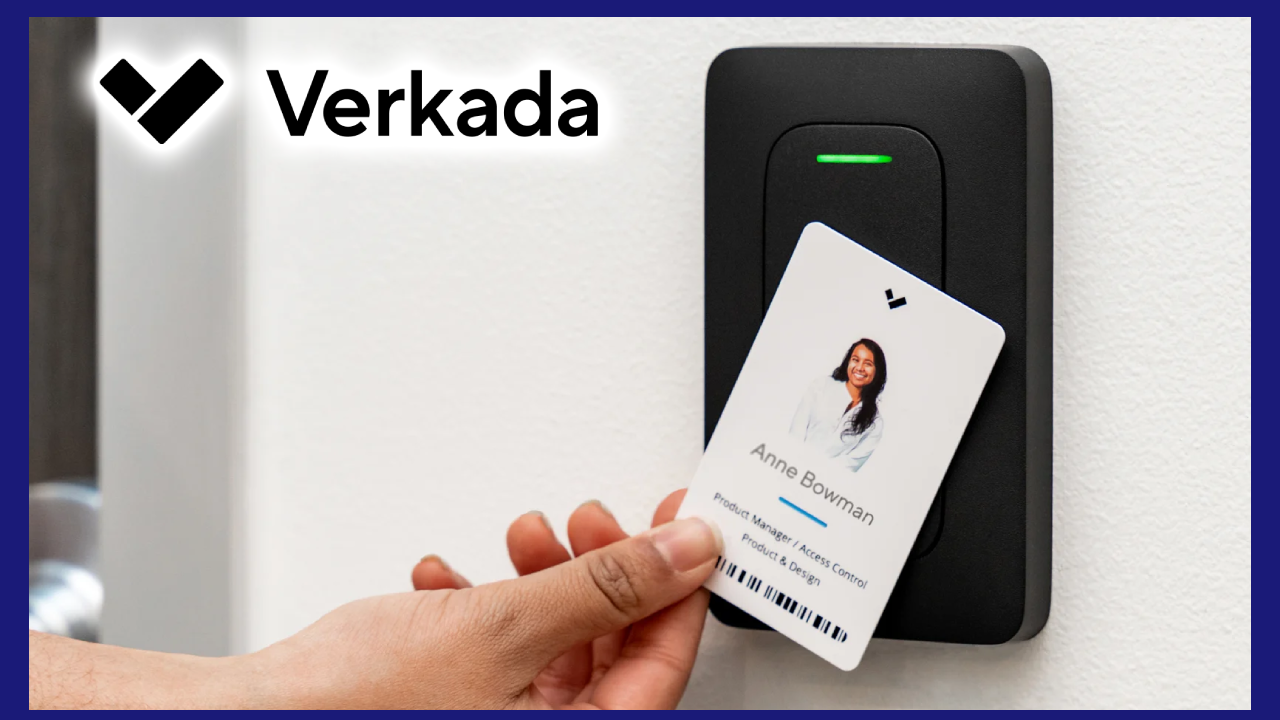
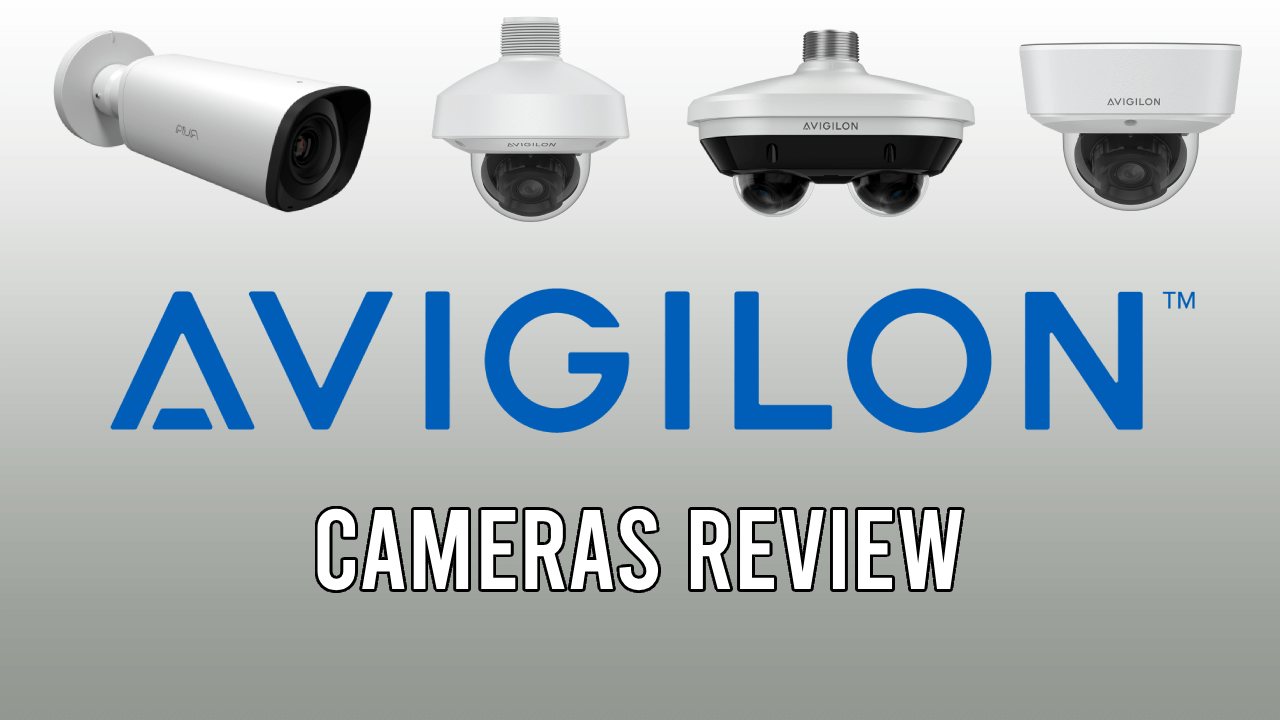


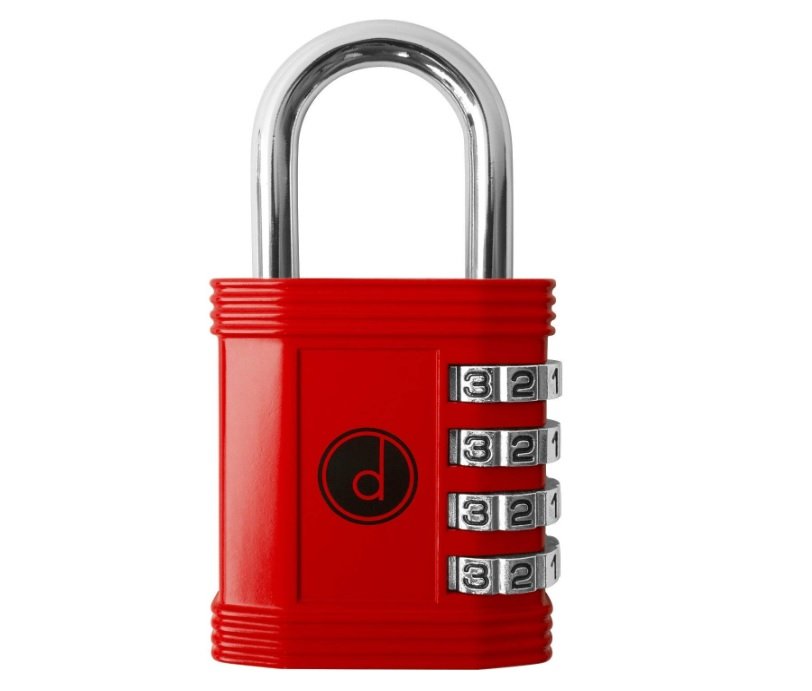
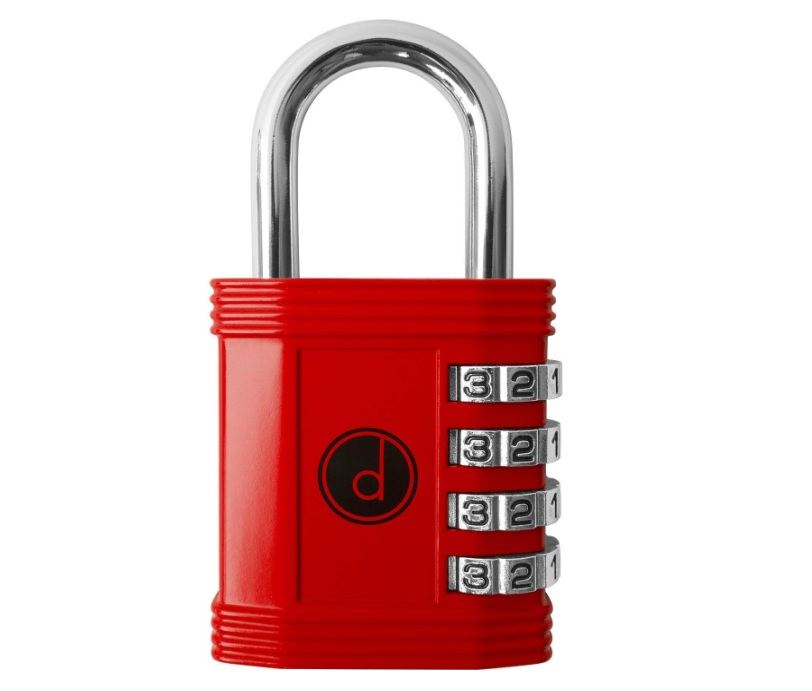
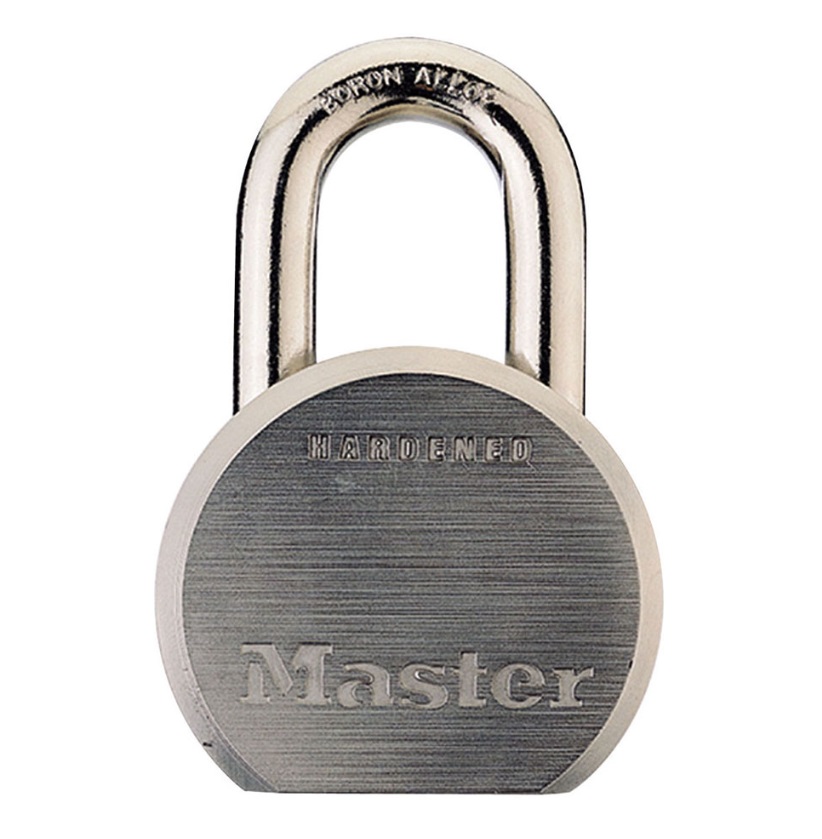 Though it looks small and compact, the lock is surprisingly heavy. This is the strongest lock Master Lock has ever created—and it’s one of the strongest shackles on the market. It protects against bolt cutters and hacksaws.
Though it looks small and compact, the lock is surprisingly heavy. This is the strongest lock Master Lock has ever created—and it’s one of the strongest shackles on the market. It protects against bolt cutters and hacksaws.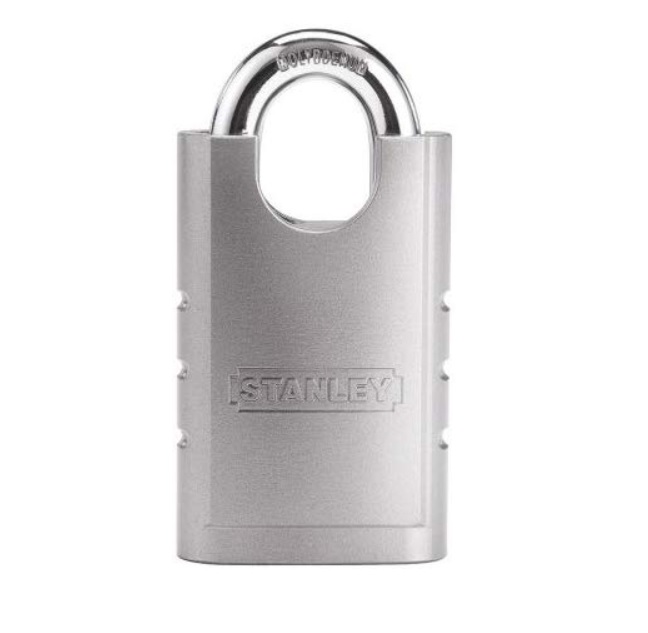
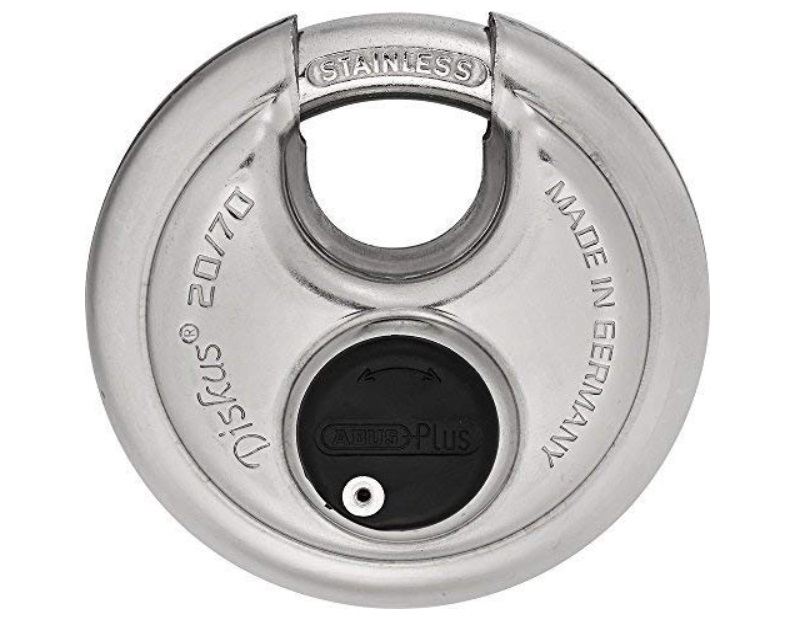
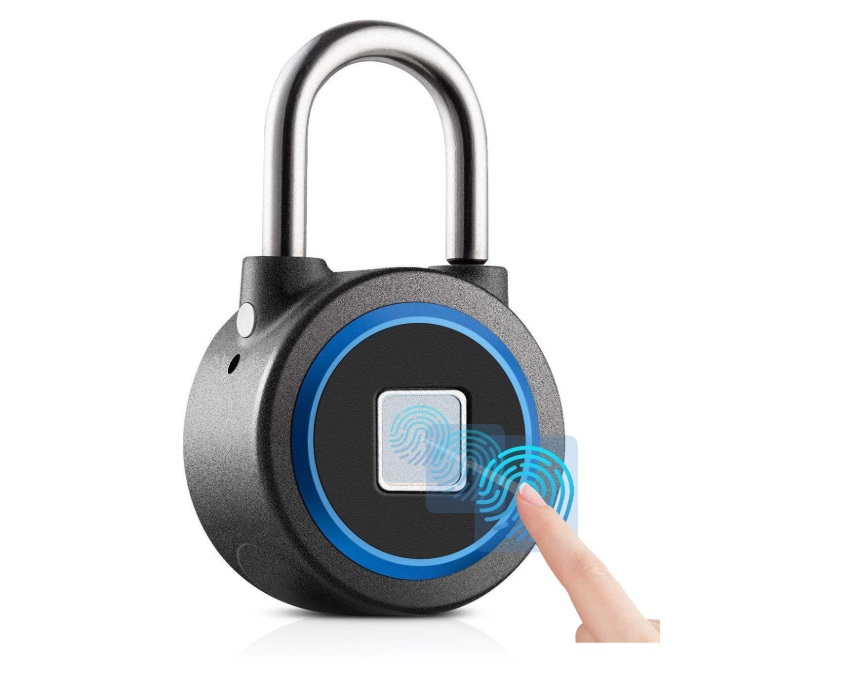
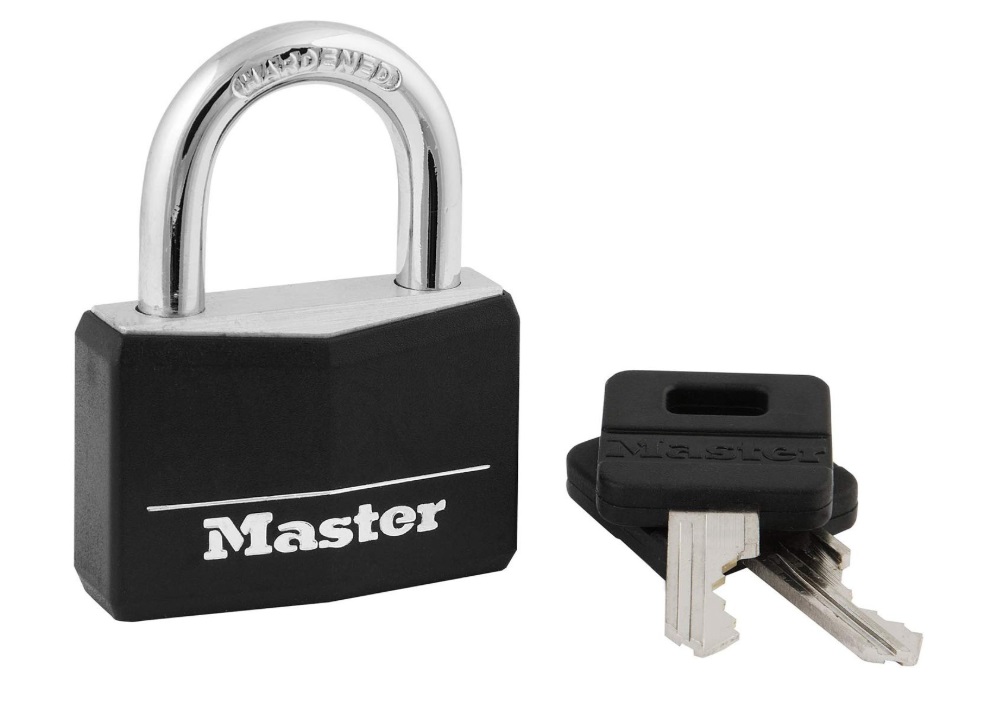 The strong construction of this Master Lock padlock prevents lock picking. It gives you a feeling of security and gives you confidence in leaving your precious belongings in your storage unit. There won’t be any kind of theft from your storage unit with the Master Lock protecting it.
The strong construction of this Master Lock padlock prevents lock picking. It gives you a feeling of security and gives you confidence in leaving your precious belongings in your storage unit. There won’t be any kind of theft from your storage unit with the Master Lock protecting it.





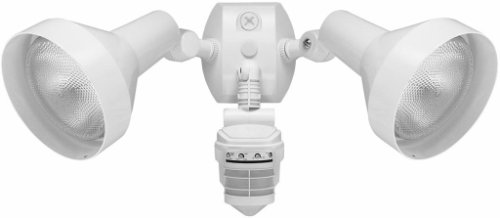
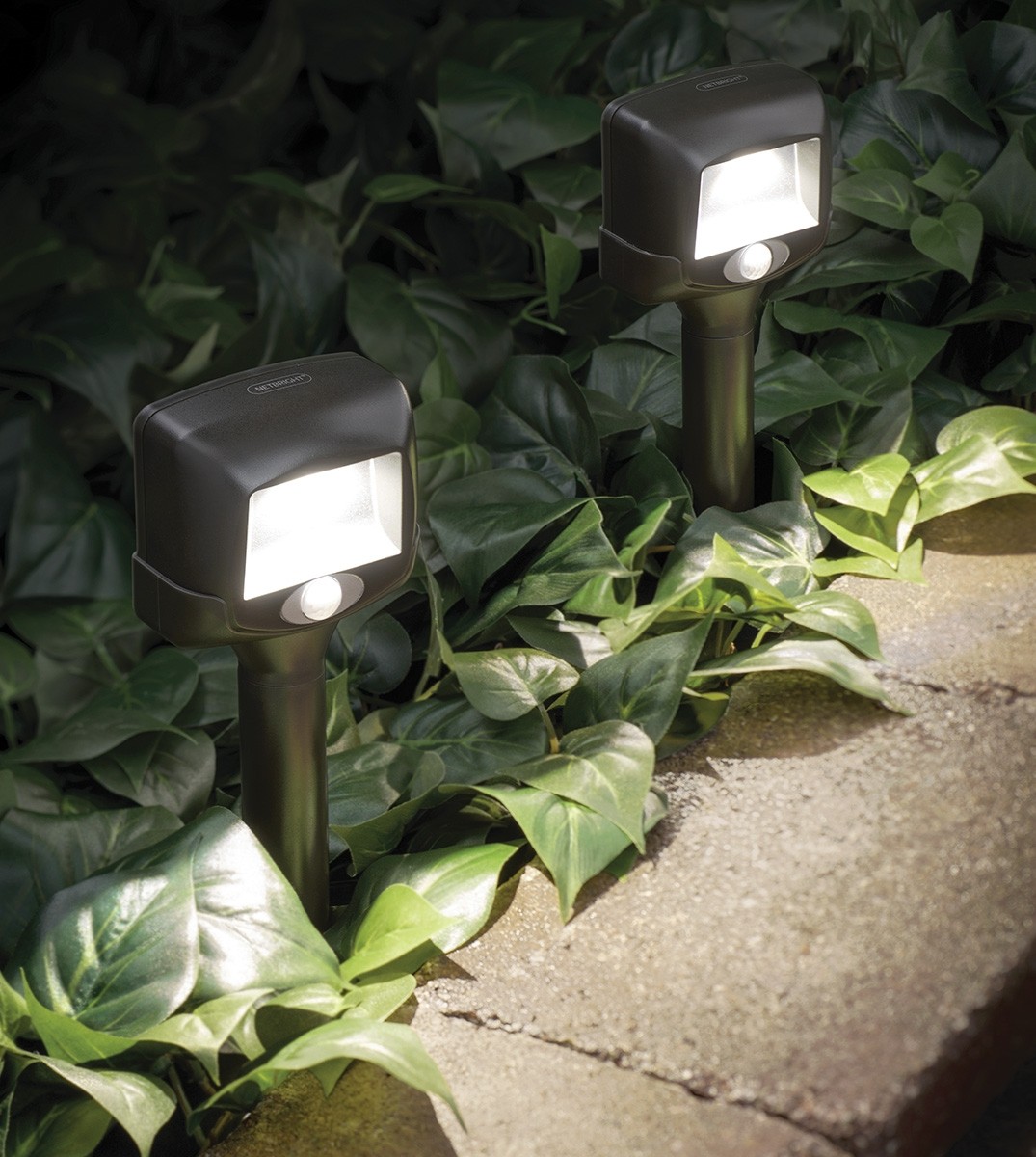
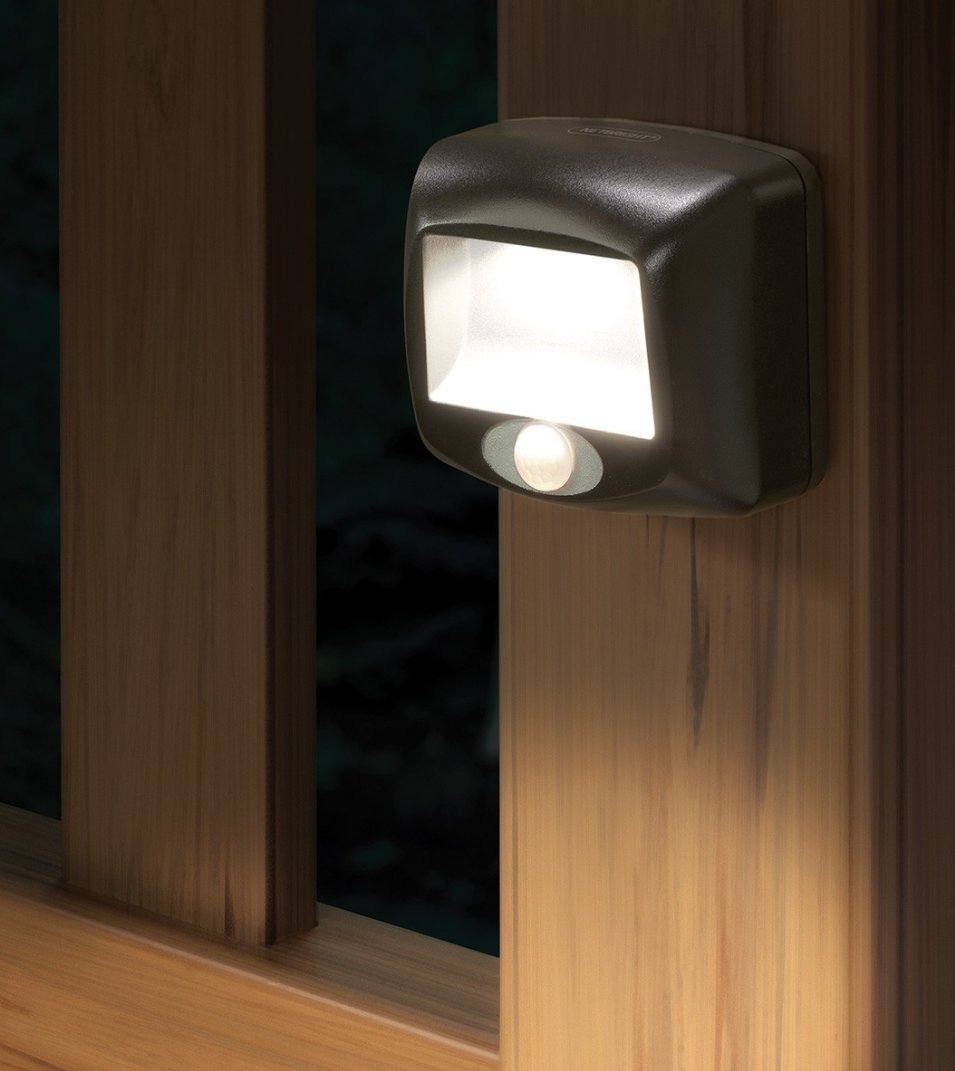
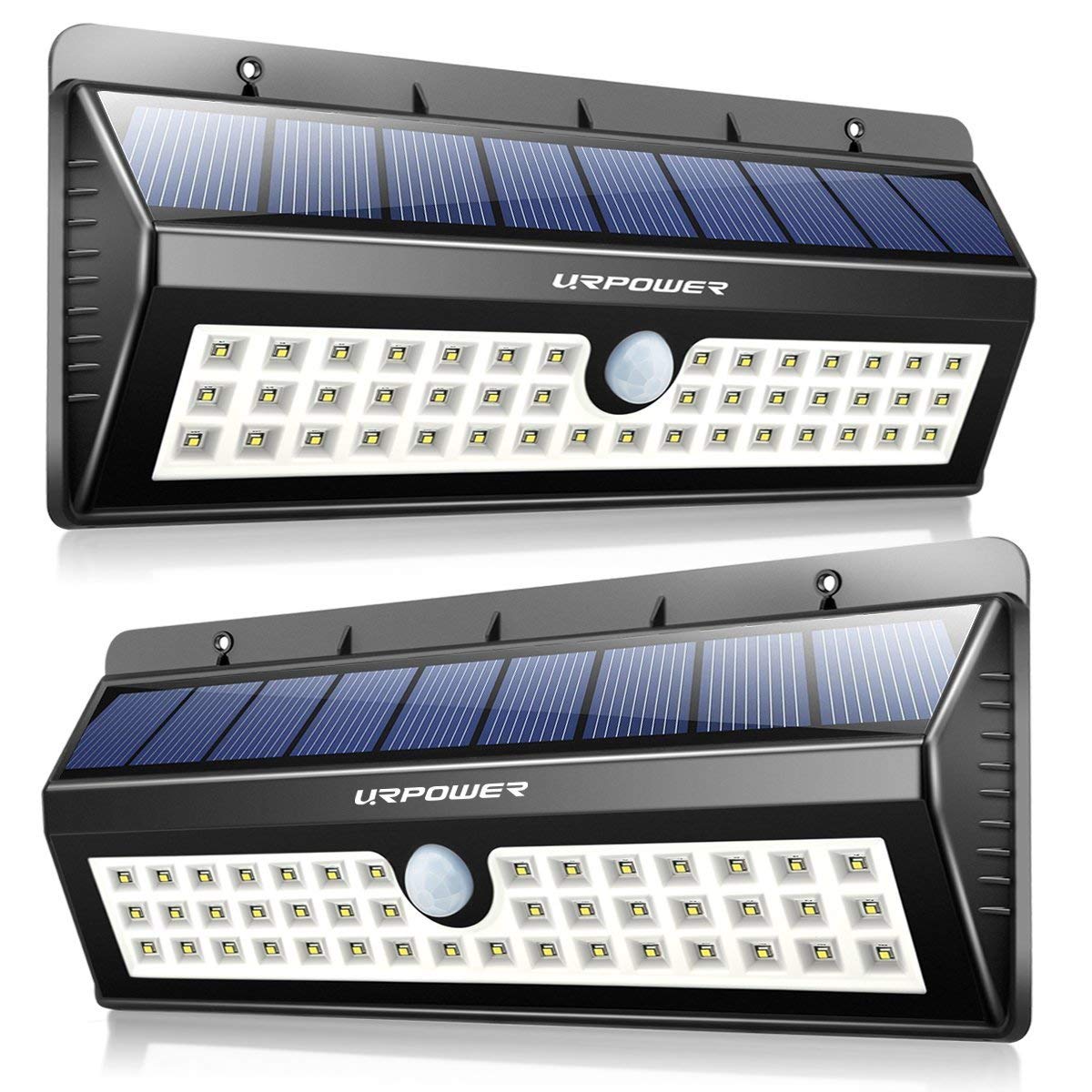
 These technologically advanced bulbs fit into standard sockets and connect to the Philips Hue app, allowing you to remotely control brightness, color, and more. With the addition of the Philips Hue Smart Floodlight, you can turn any or all of your Hue bulbs into motion-sensing lights, eliminating the need to use your phone to turn on lights in key areas.
These technologically advanced bulbs fit into standard sockets and connect to the Philips Hue app, allowing you to remotely control brightness, color, and more. With the addition of the Philips Hue Smart Floodlight, you can turn any or all of your Hue bulbs into motion-sensing lights, eliminating the need to use your phone to turn on lights in key areas.